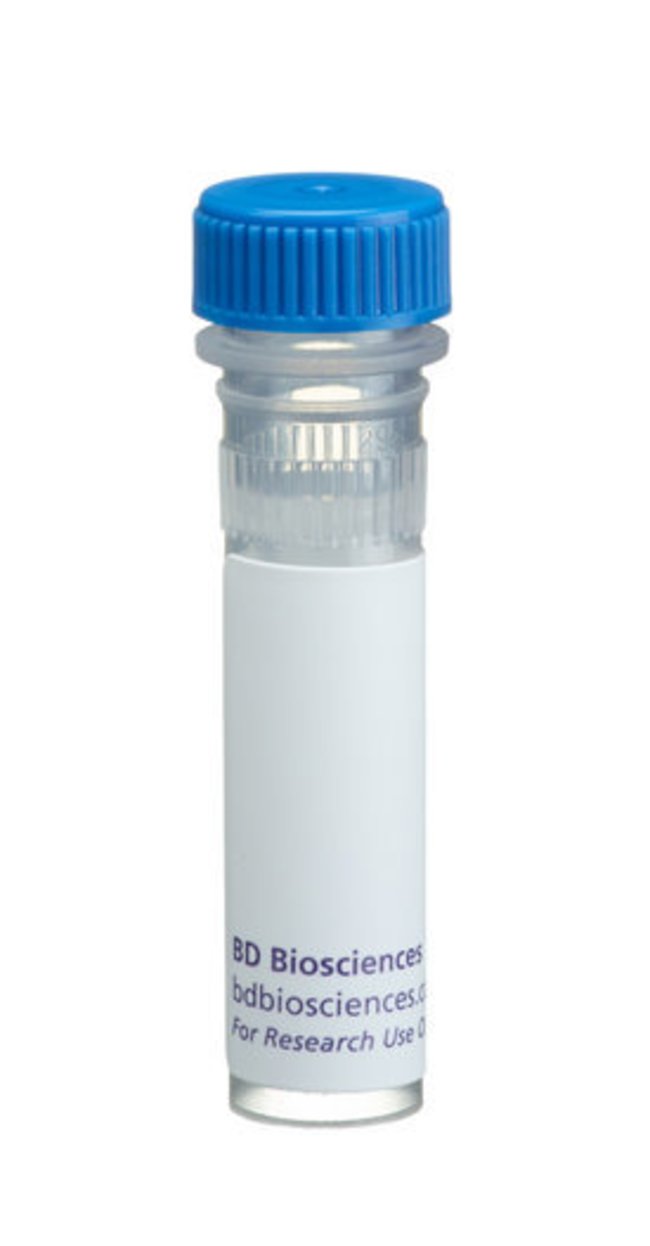$ 368.76
Details
Proteins of the Ras superfamily play critical roles in the control of normal and neoplastic proliferation. In mammalian cells there are four true Ras proteins (encoded by Ha-ras, N-ras, Ki-rasA, and Ki-rasB). These proteins relay signals from tyrosine kinases at the plasma membrane to the nucleus via a network of Ser/Thr kinases that includes the MAP kinase (Raf-MEK-ERK) pathway. Kinase suppressor of Ras (KSR-1) was discovered in a genetic screen to identify mutations that suppress constitutively active Ras mutants. KSR-1 contains five domains that are conserved areas (CA) in Drosophila, mouse, and human. CA1 is a unique domain, CA2 is a proline-rich domain, CA3 is a cysteine-rich domain, CA4 is a Ser/Thr rich region, and CA5 contains a C-terminal kinase domain similar to that of Raf. In COS7 cells, ceramide induces the autophosphorylation of KSR-1 and KSR-1-induced phosphorylation and activation of Raf. In addition, overexpression of KSR-1 in 293T cells leads to recruitment of MEK to a 700kDa protein complex and translocates MEK from the soluble to the membrane-associated fraction. Thus, KSR-1 may have important kinase and scaffolding activities during Ras-related signaling.Host Species: MouseClone: 15Isotype: IgG1Species Reactivity: MouseImmunogen: Mouse KSR-1 aa. 90-203Formula Weight [Chemical]: 115kDaImmunofluorescence, Western Blotting

